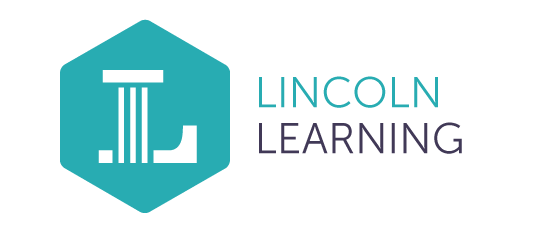
Think about the last time you took on learning something new: a new job, a new craft or hobby, a new skill. As you sat down as a complete novice, you probably already thought about what it would look like and feel like to be successful.
As adults, we do this often. We think about what we want out of our new experiences, and we choose them based on some kind of motivator. Whether we want a better salary, we want a new pastime, or we need to fix up our house, we dive into learning because we are driven.

Now, think about our students: youngsters who are still finding themselves. Everything is new, and they are still learning where their strengths lie. They may have already identified weaknesses, but those aren’t set in stone.
Our students don’t have the foresight we have as adults, so they need guidance on how to persevere and succeed. They need encouragement. They need a growth mindset, which is the idea that their abilities can be developed over time with dedication and hard work.
As adults, educators, and parents, we need to help our students develop a sense of success. In its easiest form, this can be done by identifying learning intentions and criteria for success.
Learning Intentions
Just like adults, students need a reason for learning. Just because specific content is mandatory based on the state’s standards doesn’t mean students will just gladly go along with learning. They need clear statements to identify what they are learning. One common way to accomplish this is through WALT statements.
WALT stands for “We Are Learning To.” In elementary classes, WALT statements are often accompanied by a fictional character. When students see the image over and over again with a statement of learning beside it, they start to understand their purpose for learning. In secondary classrooms, WALT statements take on more "oomph" and don’t need the consistent character as a visual cue.
Either way, students start their lesson with a learning intention. It helps them to stay on track by keeping them focused. Granted, this isn’t a guarantee that students will always enjoy learning, but it sets a purpose, and that’s half the battle.
Criteria for Success
Just stating an intention to learn for students isn’t enough. They have no marker of what is required to be successful. Just like we as adults need to know what our outcome will be, students need the same. In order to lock into the learning, they need to know what it will look like and feel like to be successful on a concept.
Setting criteria for success is often done with a WILF statement, the sister statement to WALT. WILF statements stand for “What I’m Looking For.” Again, in elementary classes, whenever students see the character WILF, they know what they need to do to be successful. For secondary students, WILF statements become more than just a rubric. They state specific criteria that help students self-assess and know that they are moving in the right direction.
Research-Based
The practice of WALT and WILF is based on educational research. In fact, it’s one of the Five Key Strategies of Formative Assessment. Formative assessment is the practice of assessing students “for learning” or “for information.” This differs from summative assessments, which aim to evaluate students at the end of a unit, topic, course, or year.
The idea of formative assessment is for the teacher to consistently monitor and adjust instruction to help students succeed. This type of monitoring starts with WALT and WILF, and it continues with educators providing students with quality, constructive feedback; asking strong, guiding questions; and allowing for peer- and self-assessment. In all, students should be receiving these practices at school, but how can you reinforce them at home?
Home Connection
In the classroom, it’s relatively easy to create WALT and WILF statements for students, but students are learning all the time. While a lot of home learning is achieved through play and discovery, or the students have chosen to learn something new based on their interests, it’s still important to reinforce WALT and WILF.
For the youngest children, WALT and WILF statements can simply be, “We are learning to pick up toys.” “What I’m looking for is that all the toys are in this tub.” It sounds silly, but by reinforcing (or in this case introducing) the language, students begin to understand why they are learning and what success looks like.

As students get older, they can start to help craft WALT and WILF statements. For instance, if a student is learning a new video game, you can have them articulate what they are learning and what constitutes success. Does success mean advancing to the next level? Does it mean that they feel a sense of accomplishment? Is it that they had fun experiencing something new?
While these may seem like insignificant questions, they still allow the student to begin to process why they do what they do. This type of learning sets them up for what we do in adulthood. It becomes a learned experience, and it helps set the stage for lifelong learning.
 Susan Emmett has been with Lincoln Learning Solutions more than 3 years. Her current role is Director of Product. Her experience includes more than 8 years in teacher professional development and nearly 8 years as an elementary school teacher. Susan’s passion is all about student achievement.
Susan Emmett has been with Lincoln Learning Solutions more than 3 years. Her current role is Director of Product. Her experience includes more than 8 years in teacher professional development and nearly 8 years as an elementary school teacher. Susan’s passion is all about student achievement.
Related Posts
Supporting Parents in Online learning
One of the most surprising results brought on by the COVID-19 pandemic was the significant...
4 Strategies to Elevate Feedback
Who doesn’t love a bright, colorful sticker on the top of their paper exclaiming “Great!,”...
Teaching Online Art from Scratch
Finding and managing materials is one of the most difficult facets of teaching art in a regular...

